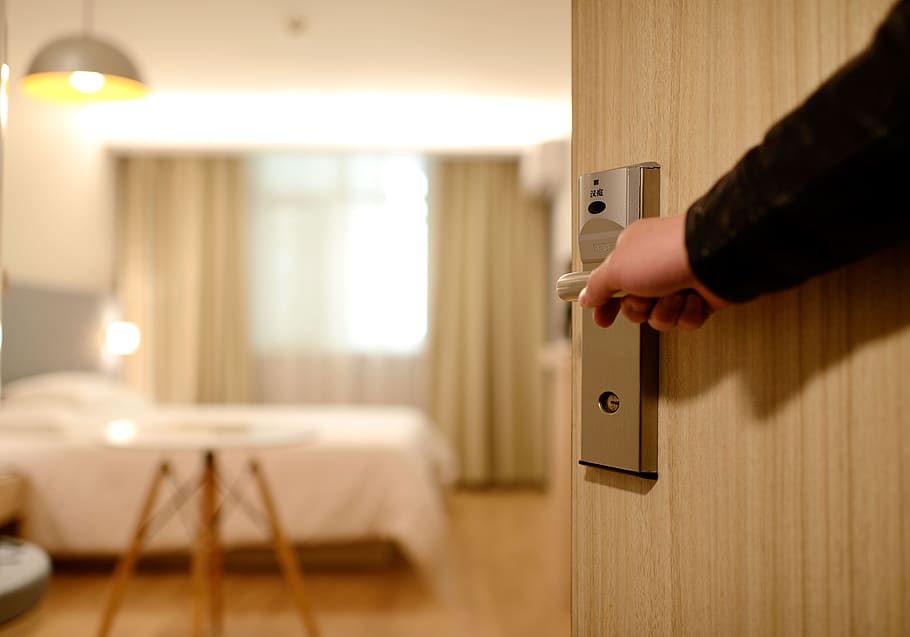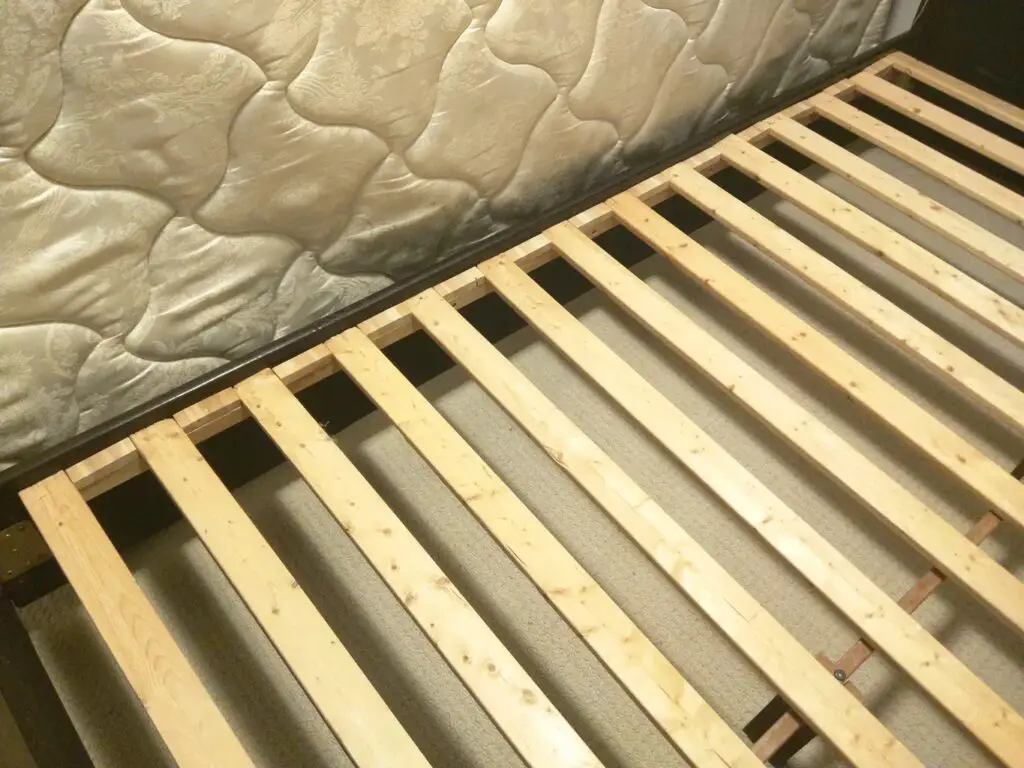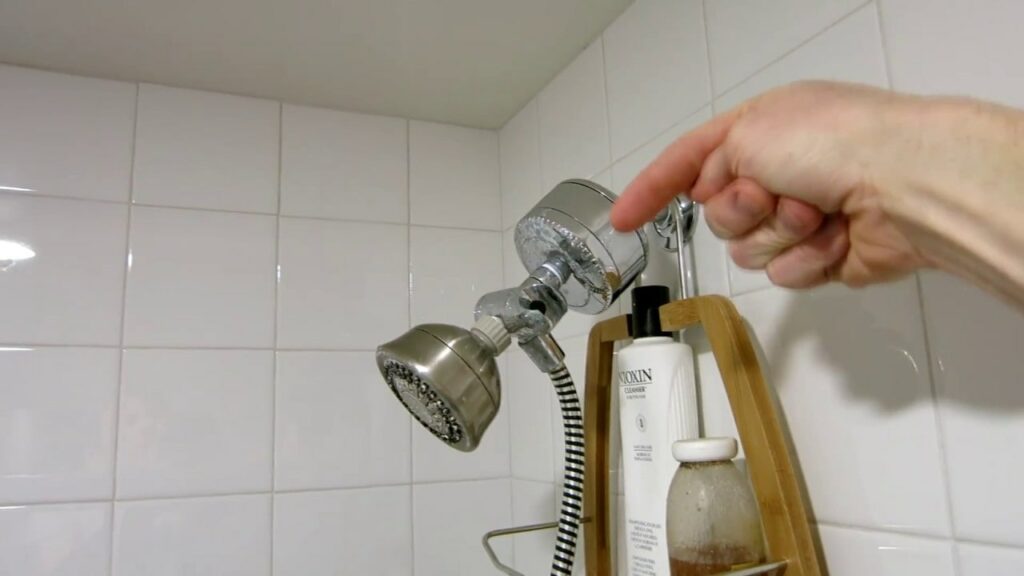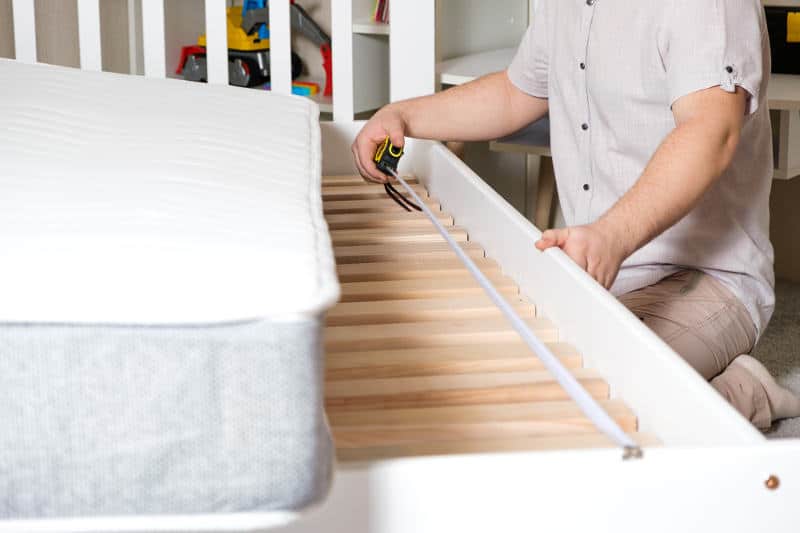You’ve probably heard of dehumidifier cool a room, if you struggle with high humidity levels in your house.
You’ve come to the right place if you want to try them out but have a lot of questions about them.
I’ll address one of the most often-asked queries in this article: Does a dehumidifier cool or heat a room?
Additionally, I’ll provide you with all the crucial details concerning this gadget and respond to any other inquiries you might have.
Let’s, therefore, study a little bit about dehumidifiers together!
What is a Dehumidifier Cool a Room?
If you’re having trouble getting rid of the excessive dampness in your home, you already know how difficult it is to do so.
In addition to utilizing fans, opening windows, or other strategies, you can purchase dehumidifiers, which are items created specifically to address this issue.
One of the best ways to lower the humidity in a house is to use a dehumidifier.
If you struggle with too much moisture in your home, they are one of the best tools you can have.
How Dehumidifiers Work?
I must delve deeply into the operation of dehumidifier cool a room in order to respond to the article’s main query.
They essentially take the humid air out of a room, eliminating the moisture from it, and then they release it back into the house.
How do dehumidifiers accomplish that then? First, the product uses a fan to extract air from the room.
Next, a cold coil inside the gadget makes touches the damp air. This causes airborne water to condense.
After that, a warm coil is passed over the dry air to reheat it to its original temperature. The room is then filled with dry air once more.
What transpires, though, to the water that the technology managed to remove from the air? That depends on the kind of dehumidifier you own, obviously.
We’ll examine two different categories of dehumidifiers.
First type:

This kind includes a bucket or a water tank (see an example).
Water simply drips into the tank when it is sealed off from the air and remains there until it is emptied.
You’ll probably need to empty the water out of a larger dehumidifier every two weeks.
Smaller appliances, on the other hand, need to be emptied daily.
But, many dehumidifier cool a room regardless of their size, provide the option of alerting you when you need to empty them.
You’ll probably need to empty the water out of a larger dehumidifier every two weeks. Smaller appliances, on the other hand, need to be emptied daily.
Nevertheless, many dehumidifiers, regardless of their size, provide the option of alerting you when you need to empty them.
Additionally, several gadgets include unique features that guard against spills and leaks.
So, if you own a dehumidifier of this type, you won’t have to be concerned about the water in the tank damaging your flooring or furniture.
Simply make sure the appliance you select is of a high caliber and includes some of these qualities.
Second type:

Dehumidifiers can also discharge water via a drainage hose. These sorts of equipment typically have a hose that has to be attached and is larger in size.
Some appliances (like this one) have a continuous draining capability, so you won’t need to switch them off before emptying the water.
Others, though, need to be turned off. Therefore, to ensure safe use, you should read the dehumidifier’s handbook that was included.
Does a Dehumidifier Heat or Cool the Space?

If you’ve been reading the material carefully, you already know what this device is primarily used for.
A dehumidifier doesn’t function as a heater or a cooling device like air conditioning does.
To get rid of the extra moisture, it removes it by first cooling and then heating the air it sucked in.
Consequently, the gadget has the capacity to modify the environment’s temperature. Many dehumidifiers have stronger air-heating capabilities than cooling ones.
There is a possibility that the air that emerged from them will be warmer than it was before it came into contact with the apparatus.
But there is something important to keep in mind. When inside the house, high humidity results in warmer air and a stuffy, muggy feeling.
The air in the room will therefore seem cooler and more comfortable to breathe if it is dryer.
Therefore, even though a dehumidifier doesn’t chill a space by eliminating extra moisture, it can make a space feel cooler.
If a room where you’ve installed a dehumidifier still seems warmer than usual cool, you’re definitely using the wrong kind.
Dehumidifiers come in a wide variety of designs and sizes to fit different-sized rooms.
Therefore, you ought to read the product manual that comes with it.
You should think about purchasing a dehumidifier made for larger spaces if your room is bigger than the amount of square footage that your particular model can handle.
Does Using a Dehumidifier Require Air Conditioning?
Another concern arises when a dehumidifier may make a space feel cooler: do you still need the air conditioning? The quick answer is yes, of course.
You will undoubtedly use the air conditioning equipment during the heat. On hot days, a dehumidifier won’t be sufficient to keep you comfortable.
However, dry air is more easily cooled than humid air. Dehumidifiers can therefore aid the AC in cooling the space more quickly.
You’ll also save money on your electric bill because you won’t have to use your fans or AC for as long.
A lot of dehumidifiers may also shut themselves off when the humidity level in a room reaches a specified level. They won’t squander energy as a result.
Therefore, if you’re considering getting just one of these devices, reconsider. When the temperature is too high, I think the dehumidifier won’t be adequate to chill the space.
Too much electricity will be used by the air conditioner. If you utilize it for this, the air won’t be able to dry out rapidly enough.
People who live in warmer areas will therefore surely appreciate the pairing of these two devices.
They will keep the air cool and comfortable while lowering the amount of moisture in the house.
Also read: Can You Put an Air Mattress on a Bed Frame?
FAQ- Does a Dehumidifier Cool a Room:
Yes, as they work, dehumidifiers naturally produce a little heat.
But for a few reasons, the majority of customers don’t see it: It’s a very modest rise, and dehumidifiers naturally make spaces feel cooler and cosier by removing moisture from them.
They can be extremely noisy, may be ineffective at low temperatures, need periodic upkeep that can grow to be very huge and hefty, and the continuous use of electricity raises energy costs.
The price of the item is about $200, Doors and windows must be shut.
If your unit were typical, it should be able to reduce the relative humidity in your area to between 50 and 55 per cent.
Based on this supposition, you can operate your dehumidifier for roughly 12 hours every day.
Also read: How To Stop Dust from Coming Through the Windows?
Conclusion:
Those who are unfamiliar with dehumidifier cool a room, this article to be a useful resource.
For anyone who struggles with a high amount of humidity in their house, these gadgets are quite useful.
I tried to describe how this product functions. I also hope I answered everyone who was curious about how a dehumidifier would affect a room’s temperature.
It’s time to buy a nice, high-quality dehumidifier now that you are aware that you need not worry about extra heat on hot, humid days.
I can assist if you’re unclear about where to start.
You should read my posts about the top dehumidifiers for bedrooms and other parts of your house.
I wish you success as you look for the best appliance for your house!
I’m hoping to see you in my upcoming piece.









